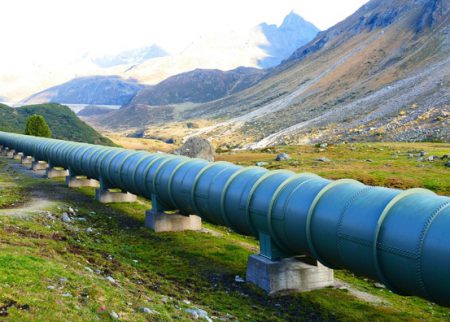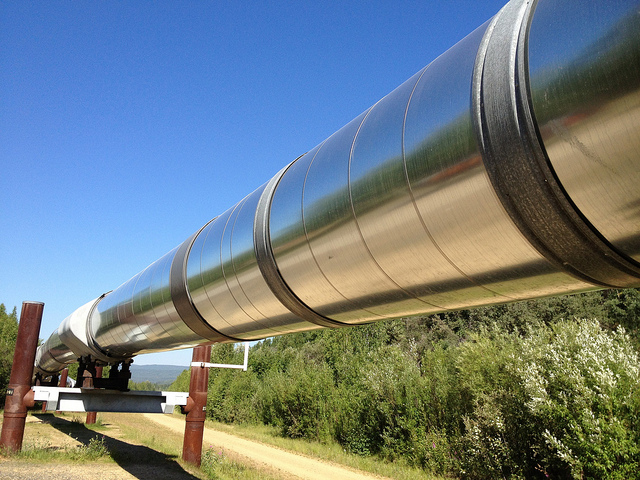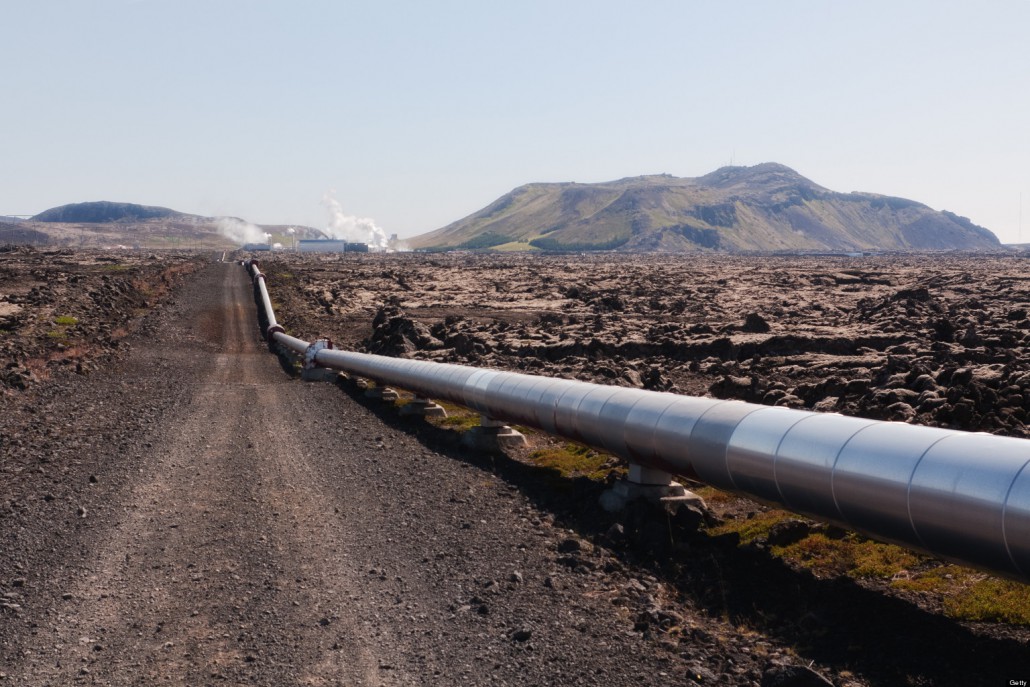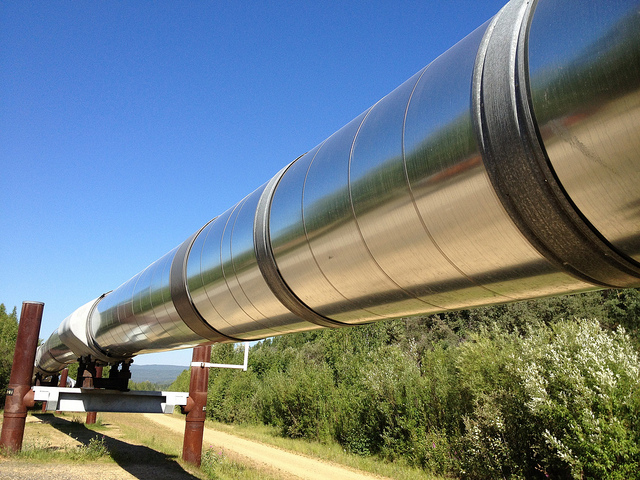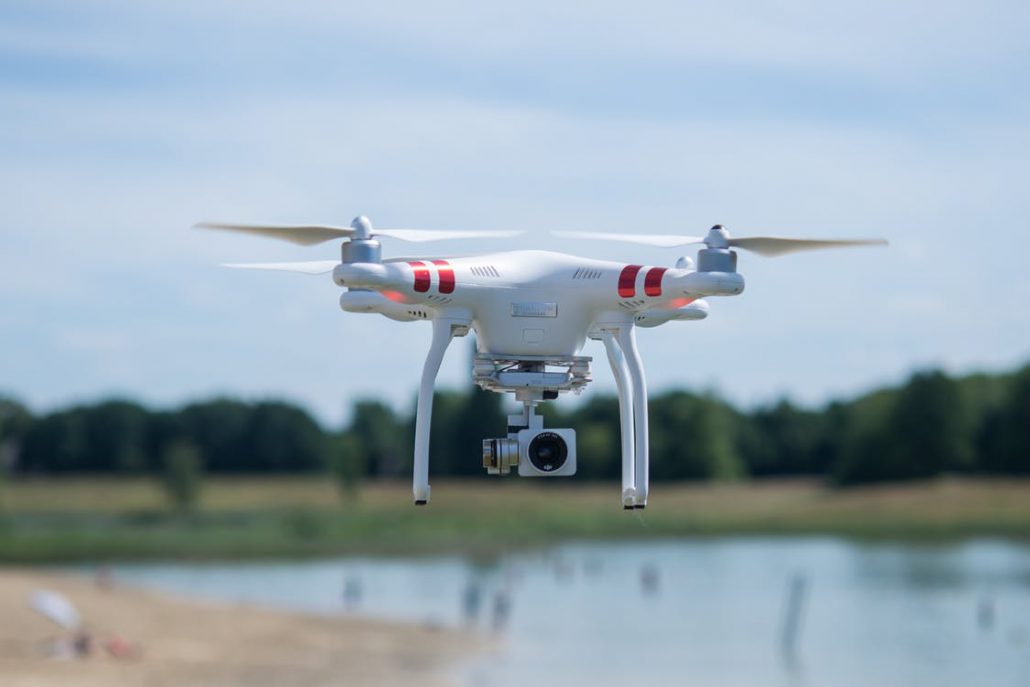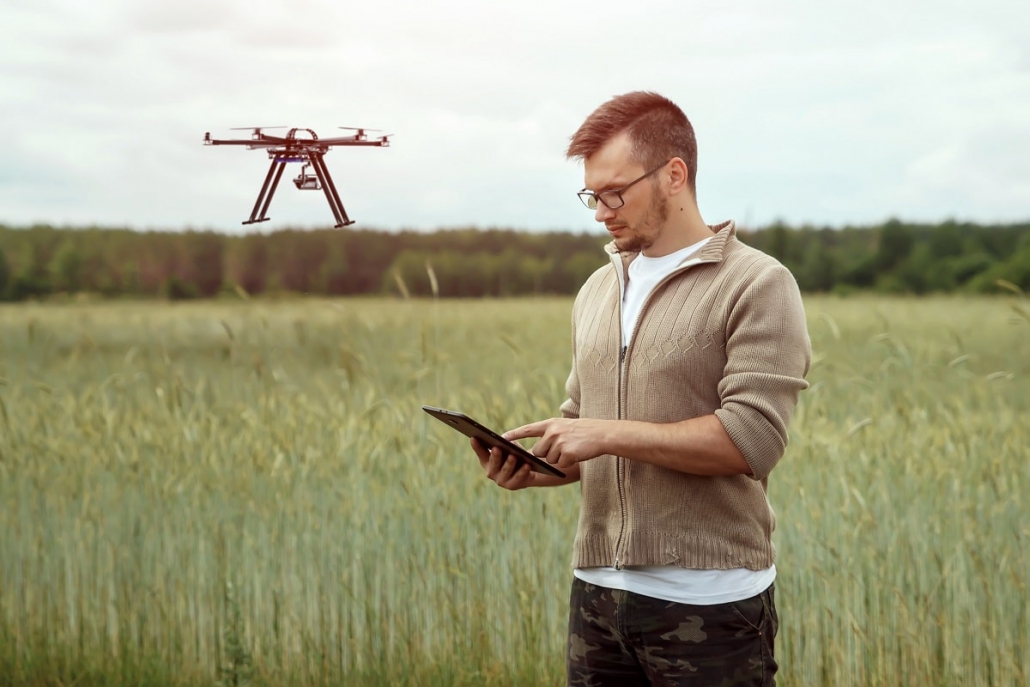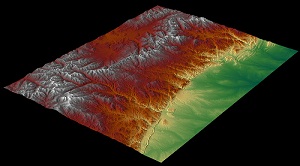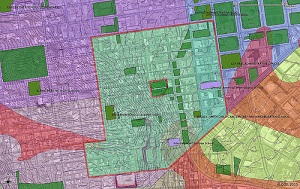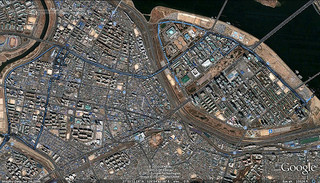The Role of Surveys in Pipeline Pig Tracking & Operations
Pipelines always begin with surveys. And it’s easy to see how a UAV can help with an initial pipeline survey. But pipeline management, maintenance, and repair go well beyond the initial surveys. Today, we’re going to take a look at the role of surveys and UAVs in pipeline pig tracking (as well as general operations).
What is Pipeline Pig Tracking?
Pipeline pig tracking refers to the process of monitoring the general health of the pipeline. A pipeline pig is put through the pipeline and then its progress is monitored, indicating any issues as it goes. There are various origin stories for this phrase.
The clearest origin is that the “pig” devices make a squealing sound as they move through the pipes. In later days, “pig” started to refer to Pipeline Inspection Gauge or Pipeline Intervention Gauge. But this is likely what’s known as a “backronym,” someone inventing a reason to use an acronym rather than the other way around.
Either way, pipeline pig tracking is a form of in-line inspection that makes it possible to manage and monitor a pipeline without having to open it up or potentially disrupt it. As pipelines are often buried, difficult to access, and usually need to stay in continuous operation, it can be otherwise very difficult to determine whether a pipeline is experiencing issues.
In-Line Inspections (ILI) for Pipeline Integrity
An in-line inspection (ILI) refers to the same thing as pipeline pig tracking. It’s a non-destructive method of ensuring that a pipeline isn’t leaking and that its structural integrity is still holding.
Pipeline maintenance involves some challenges. The pipeline has to remain up and continue flowing, which can make it difficult to determine whether something’s wrong with the pipeline itself.
Consequently, many methods have arisen to make it easier to identify cracks and damage in the pipeline.
Even if a pipeline has some measure of exterior integrity, there comes a concern that it could be damaged by things like adjacent tree growth, earthquakes, and other disruptive and destructive events.
Surveying with Pig Tracking
Pig tracking can be performed through a survey, with the surveying UAV looking for a sensor that would be connected to the pig. By completing surveying in this fashion, pig tracking can be faster, easier, and more accurate.
UAVs are increasingly being used not only for new constructions, but also for the management and monitoring of already constructed projects. When it comes to surveying pipelines, a UAV survey can identify potential areas of intrusion (such as large trees growing by a pipeline) as well as potentially damaged pipelines (using sensors).
As time goes on, sensors will only become more advanced and more able to identify issues. Consistent in-line inspections can reduce the chances that a major incident might occur and can overall improve operations. By improving the management and maintenance of the operation, surveys can also reduce the overall costs of the pipeline site.
Initial Drone Surveys
At the beginning of a pipeline project, UAVs and surveying can also be used to ensure that the project is completed as it should be. Surveys can be used to isolate the best areas for the pipeline to go in. Simulations based on these surveys can identify any potential environmental risks.
A drone survey is a very accurate way to map out the area that’s being developed. The drone survey data can then be assessed and used in simulations until the best possible pipeline has been constructed.
Once that pipeline has been constructed, that’s when the organization will need to look at pig tracking, in-line inspections, and general pipeline integrity.
Initial drone surveys can be used to ensure that the present-day pipeline still looks the same as it did before; these comparisons can be used via drone technology to identify areas of damage after a large event, such as an earthquake or severe hailstorm. Initial drone surveys can also be kept and simulated, if in the future the pipeline needs to undergo expansion.
Monitoring through UAV Technology
UAVs can be used to deliver information about tell-tale signs that a pipeline may have lost its integrity. For instance, a UAV might be able to notice from above that the ground appears to be saturated in a given area, that trees and plants are not faring well, or even that a sensor such as a Pipeline Inspection Gauge has gone off.
The more monitoring provided to the pipeline, the safer and more valuable it becomes. By heading off issues before they become major problems, the pipeline won’t just save money but will also be able to preserve the environment and its surroundings. All this can happen through more regular monitoring with unmanned aerial vehicles.
UAVs and the Pipeline Industry
Ultimately, there are many ways in which unmanned aerial vehicles can help with pipeline operations. From dig staking to determining pipeline integrity, a UAV can assist by putting eyes on potential issues, by interfacing with sensors, by producing initial surveys, and by helping determine where problem spots may be.
And the more often regular assessments are completed over the territory, the less likely there are to be significant incidents.
Want to learn more about UAVs and the pipeline industry? Contact Landpoint to find out.


